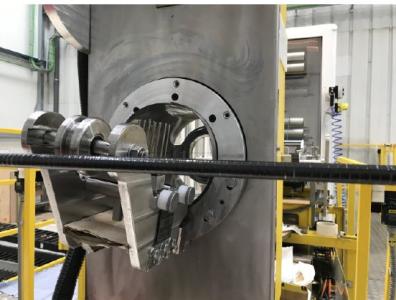De-risk Assessment: NoTank - Novel composite propulsion Tank architecture for small satellite

The activities executed within the project NoTank - NOvel composite propulsion TANK architecture for small satellites aimed at maximising space use for the propulsion system in Smallsats, by improving the space efficiency of the propellant storage tank. Compared to conventional propulsion tank systems, the solution has the potential to reduce the overall cost of the satellite and provide a modular design that can adapt to various spatial configurations. Because of the implemented design approaches that allow for mass production, it is expected to achieve a 20% manufacturing cost reduction at the expense of an increase of 6% of the mass volume fraction when compared to the baseline solution. Another alternative was evaluated, with the potential to yield benefits in terms of both manufacturing cost reduction and mass volume fraction, but the gathered evidence did not support its validation. It is, however, possible to achieve a superior solution if additional efforts are channelled into the optimization of certain elements during subsequent development phases.
Overall, the project has made significant progress towards achieving its goal of de-risking the development of a non-conventional storage system geometry and reaching validation at TRL 3. Two technical challenges need to be addressed to increase the developed pressure vessel concept to a higher TRL, close to industrialization. Firstly, the structural and functional scopes need to be addressed, to increase the robustness of the concept towards the requirements needed for servicing, starting at the component level and evolving towards the assembly level. Secondly, although it has been validated at a preliminary level for most of the manufactured elements, it is suggested that in the future, an industry-focus approach should be pursued by integrating additional inspection elements throughout the manufacturing process, particularly regarding the adhesive joint assembly methodologies. Then, a rigorous testing campaign in line with qualification ECSS standards should be performed to demonstrate the TRL increase
